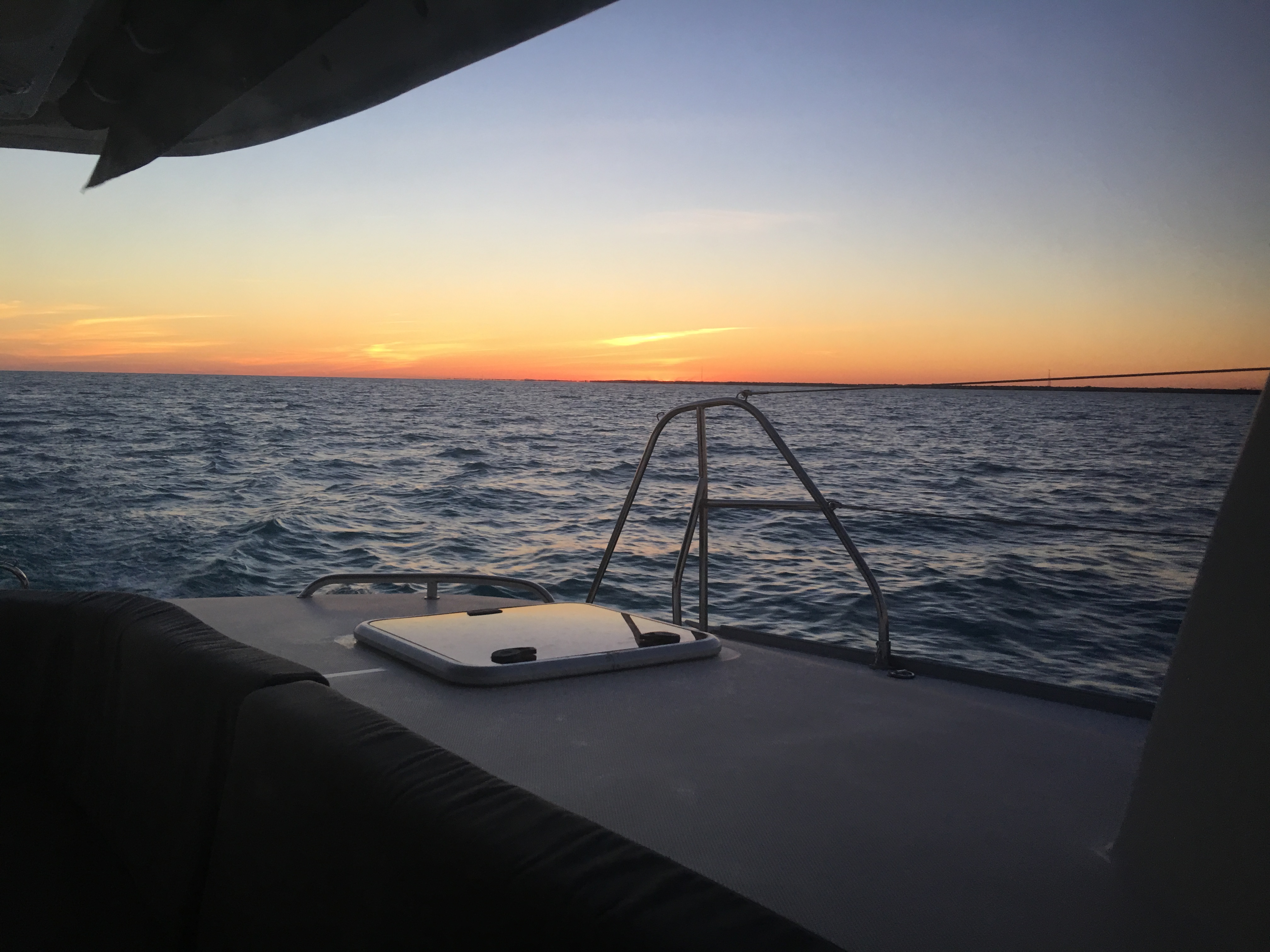

In late July 2019, LightSail 2 opened its solar sail. The total budget was less than 7 million USD. This was low budget mission funded by donations from 50,000 members. The lightweight satellite, was launched with the SpaceX's Falcon Heavy rocket from the Kennedy Space Center in Florida. On 2 July 2019 the Planet Society, based in the United States, launched the LightSail 2 satellite, designed using solar sail technology. The was the first success of NASA's solar sail craft. In 2010, NASA launched the solar sail craft NANOSEL-D2. This was the first successful use of a solar sail. It used a solar sail in space between Earth and Venus. On May 21, 2010, Japan's Space Exploration Agency (JAXA) successfully launched the solar sail, the IKAROS (Interplanetary Kite-Craft Accelerated by Radiation Of The Sun). Plans for the first use of the concept were made in the 1970s by Bruce Murray and Louis Friedman, two researchers at NASA's Jet Propulsion Laboratory in Pasadena, California. The collective effect over time is great enough to be considered a way of propelling spacecraft. As it uses no propellant, the force is exerted almost constantly. The total force exerted on an 800 by 800 meter solar sail, for example, is about 5 newtons (1.1 lbf) at Earth's distance from the Sun, making it a low-thrust propulsion system, similar to spacecraft propelled by electric engines.
#SAIL THE SPACE IN BETWEEN HOW TO#
To date, only small test versions have been used as experiments. how to change the space between flexboxes css space between flex items row flex column content between justify content in stle flex column flex space between flex boxes with space between flex align items space between flexbox custom space between csss justify content justify content tags in html space between center flex margin between flex. As a result, it is considered a possible option for future spacecraft. The benefit is that no propellant is needed (as long as there is light). The disadvantage of the method is that the generated thrust is very small. The idea of a solar sail is to use radiation pressure from the Sun to move a spacecraft, probably using large mirrors (large light reflective surfaces).

The concept of solar sail was later used science fiction, such as the works of Jules Verne. Solar pressure also affects the orientation of a craft, a factor that is included in spacecraft design.

This has been done since the time of the early interplanetary spacecraft of the 1960s. A typical spacecraft going to Mars, for example, is displaced thousands of kilometers by solar pressure. Solar pressure acts on spacecraft, in space or in orbit around a planet. Solar radiation exerts a pressure on the sail due to reflection and a small fraction that is absorbed. This provided a foundation for the science behind the solar sail. This pressure is called radiation pressure. He showed that light (one form of electromagnetic radiation) can put pressure on an object. In 1865, James Clerk Maxwell published his theory of electromagnetic fields and radiation. He had a theory that sails could be adapted to "heavenly breezes". The concept was first proposed in the 17th century by Johannes Kepler. The word 'sail' is by analogy with boats which use a sail to use wind to move. A sail is a tensile structuremade from fabric or other membrane materialsthat uses wind power to propel sailing craft, including sailing ships, sailboats, windsurfers, ice. To direct or manage the motion of, as a vessel as, to sail one’s own ship. With our team’s combined expertise in optics, aerospace, traditional solar sailing, and metamaterials, we hope to allow scientists to see the Sun as never before.A solar sail (or light sails or photon sails) is a proposed method of spacecraft propulsion using radiation pressure exerted by sunlight. ‘Sublime she sailsThe aërial space, and mounts the wingèd gales.’ Sail Verb. “While this technology can improve a multitude of mission architectures, it is poised to highly impact the heliophysics community’s need for unique solar observation capabilities. “Diffractive solar sailing is a modern take on the decades-old vision of lightsails,” pointed out Johns Hopkins University Applied Physics Laboratory researcher and diffractive solar sailing project leader Amber Dubill. Such orbits are difficult to reach with conventional propulsion systems. Under NIAC Phase I and Phase II funding, different types of diffractive sail material were designed, made and tested new navigation and control concepts for a potential mission to orbit the Sun’s poles were designed and various experiments were conducted.ĭiffractive solar sailing would be especially useful in placing spacecraft in polar orbits around the Sun. The Phase III NIAC funding will allow the optimisation of the sail material and allow the execution of ground tests. A diffractive solar sail would allow much greater manoeuvrability without suffering significant power loss. Diffraction is a property of light: when it passes through a narrow opening, it spreads out. A diffractive solar sail will have sails composed of small gratings embedded in thin films. The new concept is known as ‘diffractive solar sailing’.


 0 kommentar(er)
0 kommentar(er)
